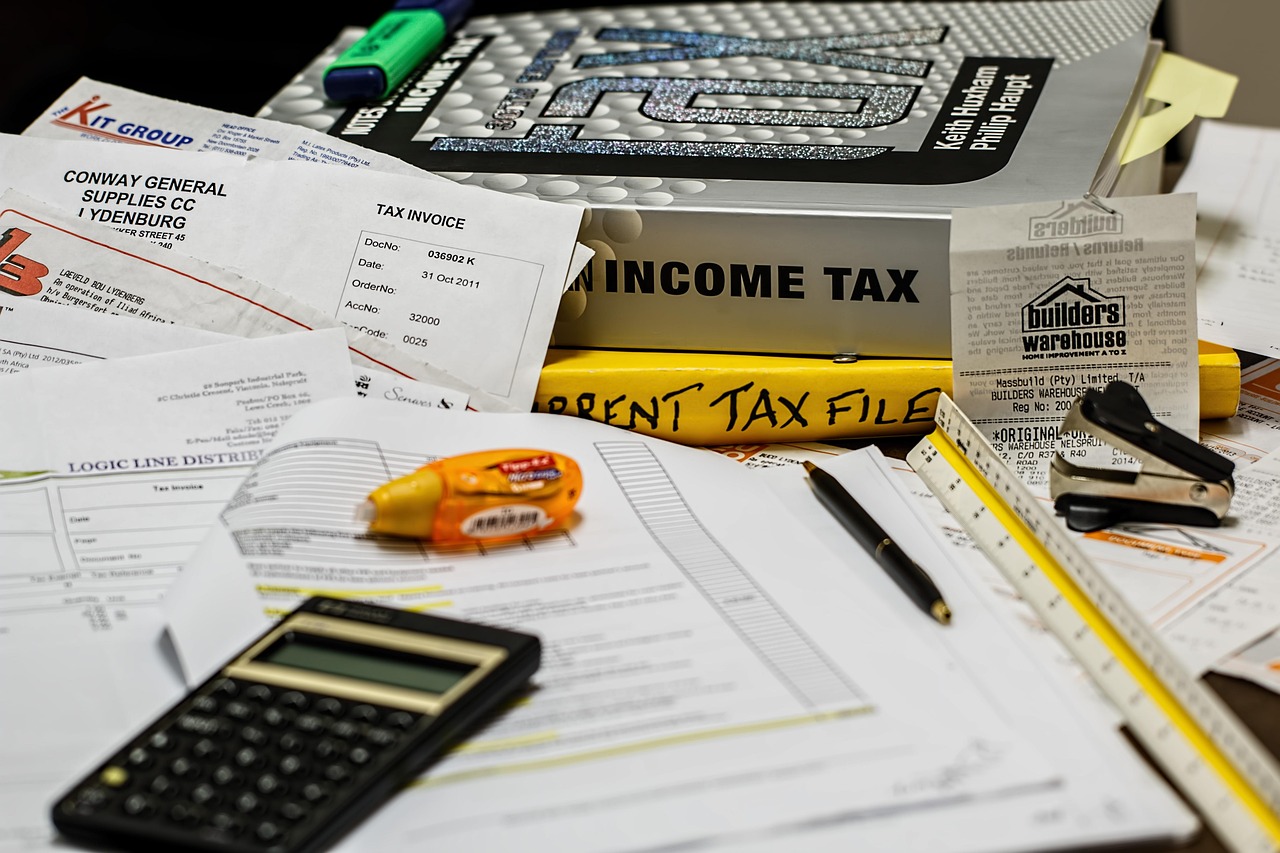Agile methodology has become a buzzword in project management. It has revolutionized the way teams operate, leading to quicker and more efficient problem-solving. Though Agile is a flexible approach, it must be paired with agile assessment frameworks to ensure its correctness and success.
An agile assessment framework is a tool used to evaluate how a team is progressing in their agile practices. It is a thorough evaluation that highlights teams’ strengths and weaknesses to determine areas in need of improvement. It is important to recognize that an agile assessment framework isn’t a one-time assessment; it should be a continuous evaluation of the team’s agility.
Here is a guide on creating and utilizing an agile assessment framework.
Determine What to Measure
To create an effective agile assessment framework, one must identify what to measure. This can vary from project to project, team to team, and organization to organization. However, there are a few typical aspects that should be considered: team collaboration, speed of delivery, quality of product, customer satisfaction, and business value.
To initiate this process, start by identifying the primary goals of your Agile project. Then, determine which competencies you want to measure against. This can be achieved by reviewing your project objectives, and identifying the key capabilities required to achieve them.
Choose an Assessment Framework
There are many agile assessment frameworks available to use as a reference. Some examples include The Agile Self-assessment Game, The Agile Fluency Model, and The Agile Transformational Maturity Model. Selecting an assessment tool that aligns with your goals, and competencies, is crucial.
Identifying Influential Factors
To understand a team’s agility, it is essential to identify factors of influence. These factors emphasize the team’s ability to deploy the Agile way of working successfully. The identified factors must be assessed regularly to ensure continuous improvement. Note that each factor favors the competencies already chosen.
Choose the Right Assessment Technique
Determining the best agile assessment technique can be challenging. Each technique has its benefits and drawbacks. Commonly used assessment techniques are interviews, observations, surveys, and assessments of daily work. Identifying which technique to use is crucial as it determines the effectiveness of the framework selected and the results obtained.
Evaluate and Measure Performance
Once the process begins its course, it’s time to evaluate and measure performance continually. It will enable one to understand the areas that need improvements and ways to ensure Agile methodology success. Focusing on the business need and overall goals of your project help one keep a positive influence among participants and impact.
Conclusion
Agile assessment frameworks are vital in measuring and evaluating a team’s progress. Choosing the right assessment tool, defining what is to be measured, recognizing influential factors, selecting the right assessment technique, and continuously evaluating and measuring performance are essential steps in building a successful Agile project.
Using agile assessment frameworks as a tool helps to monitor progress and identify gaps. If you intend to build a progressively growing team, ensure these tools are consistently in use. Remember, the agile assessment framework should be an iterative process that results in the development of your team and the project they are working on.








